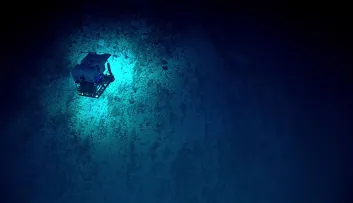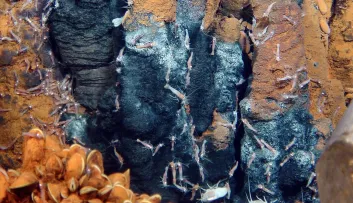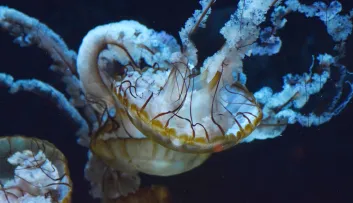Biodiversity Poles 5mn
Auks and penguins: what's the difference?
Are they the same animals, the same species or are they different?
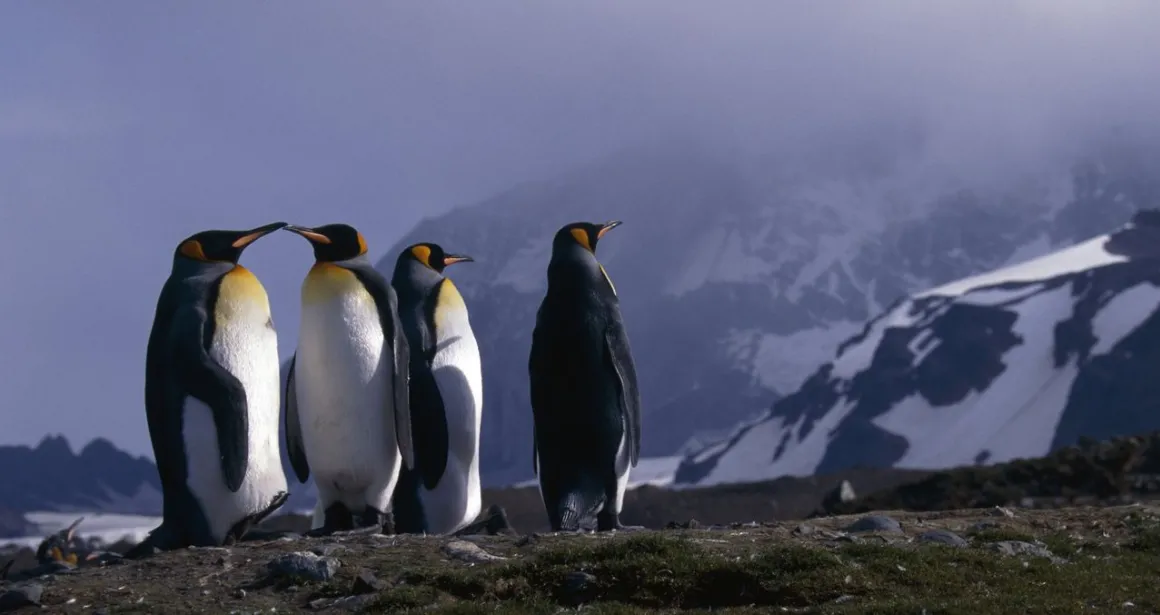
Auk or penguin?
While in English, the term penguin is generally used for birds living in the northern and southern hemispheres, in French, we use the terms manchot (for penguins from the southern hemisphere) and pingouin (for penguins from the northern hemisphere, which are also known in English as auks).
How can we tell them apart and avoid confusion? And where do these birds live, in the Arctic, Antarctic or elsewhere?
For auks, there is only one species left!
Auks are seabirds that are found in the Northern Hemisphere. They belong to the Alcidae family, which now has only one remaining member of the Alca genus: the Little Razorbill (Alca torda), a small bird measuring between 35 and 45 cm.
Auks are found from the Arctic to the western Mediterranean and in the North Atlantic, nesting on cliffs or rocky shores. Razorbills can be seen on the French Opal Coast in winter when these migratory species travel along our coasts.
They are gregarious animals that live in colonies. The Alcidae family also includes murres, guillemots, auklets and puffins.
Auks can fly, but penguins cannot!
They can also use their wings to propel themselves underwater in pursuit of their prey. They are fast swimmers, but can only stay underwater for a minute or two. They feed on small fish, crustaceans and marine worms.
Penguins
Penguins belong to the Spheniscidae family and are not related to auks!
Eighteen species of penguins live in the Southern Hemisphere, but not necessarily in Antarctica. In fact, the African penguins that you can see in Nausicaá live in South Africa!
The emperor penguin (Aptenodytes forsteri) and the king penguin (Aptenodytes patagonicus) live in Antarctica, but the Magellanic penguin and the Humboldt penguin are found in South America, whereas the little penguin can be found in New Zealand.
The little penguin is similar to the auk with a size of 34-42 cm; the emperor penguin is the largest of penguins and can grow up to 130 cm. The IUCN classifies the emperor penguin as Near Threatened.
Where does this confusion between penguin and auk come from?
With their white abdomens and black backs, penguins may well have been mistaken for great auks, a species that became extinct in 1844 and could grow to over 80 cm.
The confusion also comes from the use of the word penguin in English or pingüino in Spanish, and Pinguin in German.
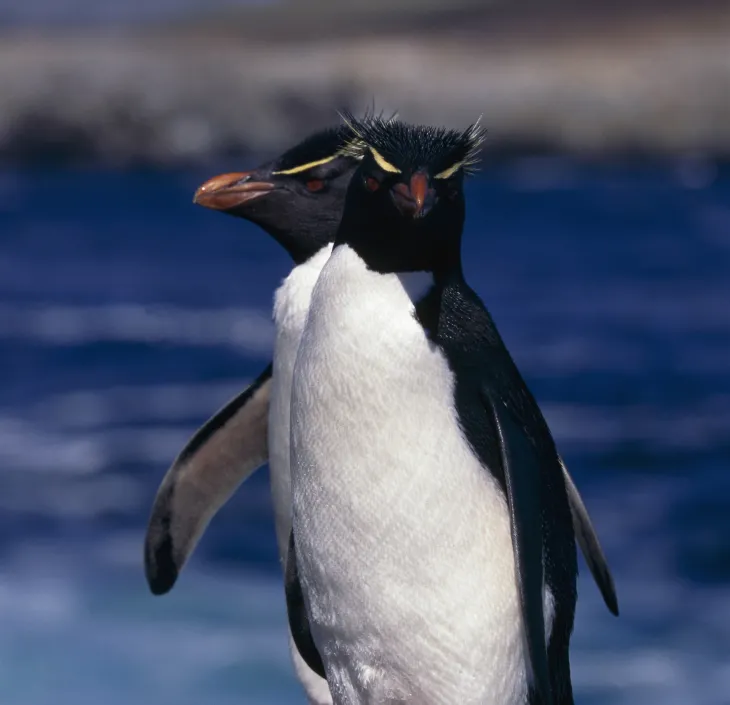
The auks in the film Madagascar are actually penguins!
The Penguin, Batman's arch-enemy, is called Le Pingouin in French, even though this term in English actually refers to an auk: Oswald Chesterfield Cobblepot gets his nickname from his physical appearance with his hooked nose, short stature and gait.
A further cause for confusion!
They may appear clumsy on land, but they are fast in the water
Penguins have very small wings, which means that they cannot fly, but they are very well adapted to swimming. While they are clumsy and slow on the ground and willingly slide around on the ice, penguins are remarkably agile and fast in the water. They use their wings as flippers and their webbed feet as rudders.
Penguins can stay underwater for up to 15 minutes. The emperor penguin can dive to a depth of 500 m, while the little penguin can swim at speeds of 35 km/h.
Not so clumsy after all!
Did you know? To live happily, live apart!
It seems that penguins have found the recipe for a long-lasting relationship. Or at least, the southern rockhopper penguin has!
According to a study carried out on southern rockhopper penguins living in the Falkland Islands or Auckland, couples only spend a few months together during the breeding period and the first months of their young. Nevertheless, they meet up again the following year!
African penguins also form long-lasting couples. At Nausicaá, they have given birth to more than twenty baby penguins since their arrival in 2006.
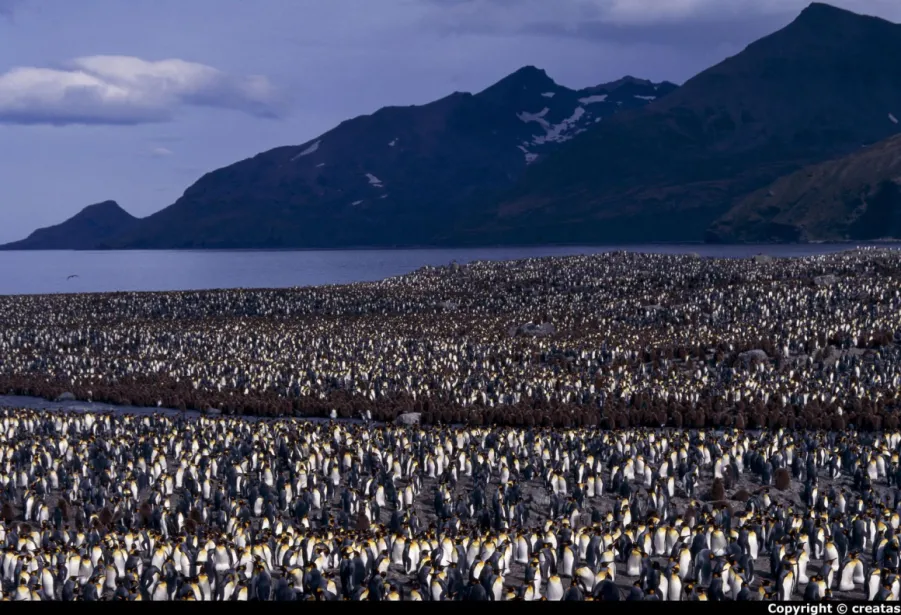
Auks and penguins, endangered species
Auks and penguins have something in common: they are both endangered species.
Owing to their lifestyle on the water, both penguins and common guillemots are vulnerable to oil. Shipwrecks and the ensuing oil spills are fatal for these seabirds.
In 2002, the sinking of the Prestige decimated the entire population of Common Guillemots in Spain.
Climate change is also a threat to these birds. Due to climate change, the fish that the African penguins feed on are moving away from their usual fishing grounds. Parent penguins then have to swim farther and farther to bring back food for their chicks and many chicks starve to death waiting for their return.
Oil pollution, tourism and its coastal construction, accidental catches linked to fishing, and overfishing of the fish on which penguins feed have had a strong impact on their population.
PRESERVING CAPE PENGUINS
Nausicaá contributes to preserving African penguins by participating in a European penguin breeding programme and by supporting the conservation activities of the South African association SANCCOB.

